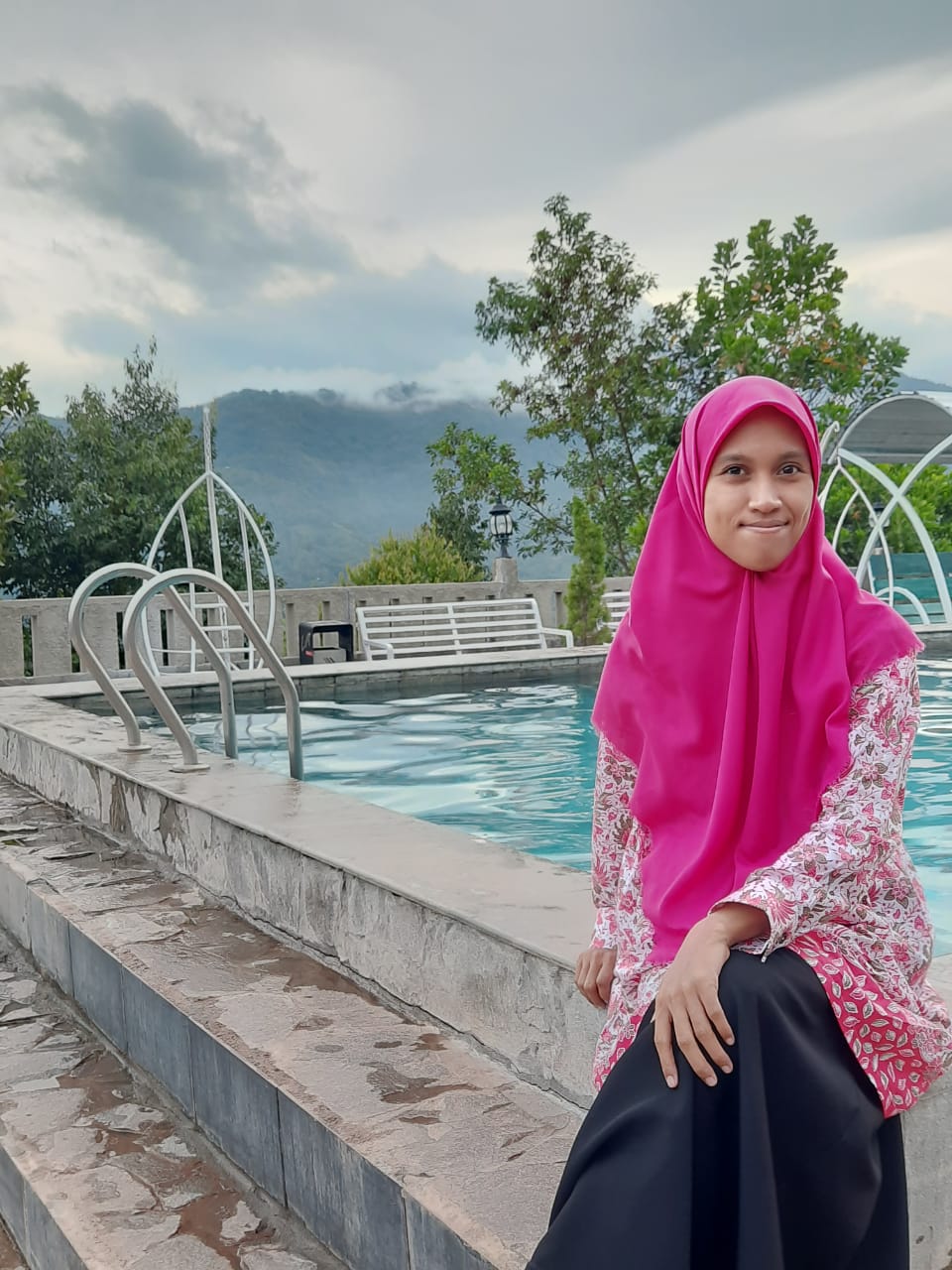Applying Two Stay Two Stray (TSTS) Techniques by Using Picture Series to Improve Students’ Speaking Skill
DOI:
https://doi.org/10.46870/lets.v1i1.134Keywords:
Speaking Skill, Two Stay Two Stray, Picture SeriesAbstract
The purpose of this research was positively to find out whether applying two stay two stray
techniques by using picture series to improve students’ speaking skill at the second grade in MAN 2
Parepare. The results of this research give contribution for both the teachers and students. The
teacher will be conscious that it is important to apply the technique in teaching. The students can
enjoy the lesson so they can be easier to express their ideas and also confidence to speak by using
the gesture. The subject of this research is XI MIA 1 class which is consisted of 27 students. The
sample was taken by using purposive sampling. The design in this research was pre-experimental
with pre-test and post-test design. The student did the pre-test, got the treatment and did the posttest. It aimed to know whether applying two stay two stray techniques by using picture series can
improve students’ speaking skill. The result in this research was indicated that the improvement of the
students’ speaking skill. It was indicated by the students’ mean score of post-test (72.26) was greater
than pre-test (44.46). Even, for the level significant (p) 5% and df = 26, and the value of table is
1.706, while the value of t-test is 18.34. It means that the t-test value is greater than t-table). Thus, it can be concluded that the students’ speaking skill is significantly better after getting
the treatment. So, the null hypothesis (H0) is rejected and the alternative hypothesis (Ha) is accepted.
References
Arikunto, suharsimi. (2009). Dasar-Dasar Evaluasi pendidikan. Jakarta: Bumi Aksara.
Arsyad, Azhar. (2004). Media Pembelajaran. Jakarta : PT Raja Grafindo Persada.
Bahar, A. Kaharuddin. (2014). Interactional Speaking. Yogyakarta: Trustmedia
Publishing.
. (2014). Transactional Speaking. Samata-Gowa: Gunadarma Ilmu.
Bungin, Burhan. (2005). Metode Penelitian Kuantitatif Jakarta: Kencana Pradana
Media.
David, Edward and Allen. (1972). Classroom Techniques: Foreign Languages and
English as a Second Language. New York: Harcourt Brace Jovanovich.
E Slavin, Robert. (1982). Cooperative Learning: Student Teams. United States:
library of Congress in Publication Data.
Fathurrohman, Muhammad. (2015). Model-model Pembelajaran Inovatif.
Yogyakarta: Ar- ruzz Media.
Gay L.R. (1981). Educational Research Competencies for Analysis and
Application: Second edition. Columbus: Charles E. Meril Publising Company.
Harmer, Jeremy. (2002). The Practice of English Language Teaching; Fourth
Edition. England: Longman Pearson.
Journal of Linguistics and English Teaching Studies 24
Huda, Miftahul. (2017). Cooperative Learning Metode, Teknik, Struktur dan
Model Penerapan. Yogyakarta: Pustaka Belajar.
MCDonough, Jo and Christopher Shaw. (2013). Material and Methods in ELT: A
Teacher Guide. Cambridge: Black well Publisher.
Nation. I.SP. (1990). Teaching and Learning Vocabulary. United States of America:
Heinle & Heinle Publisher.
Rusman. (2010). Model-model Pembelajaran Mengembangkan Profesionalisme
Guru. Jakarta: PT RajaGrafindo Persada.
Sudijon, Anas. (2006). Pengantar Statistik Pendidikan. Jakarta: Raja Grapindo
Persada. Sugiono. (2014). Metode Penelitian Pendidikan. Cet. XX; Bandung :
Alfabeta.
. (2015). Metode Penelitian Pendidikan Kuantitatif Kualitatif. Cet. 22;Bandung:
Alfabeta.
Suprijono, Agus. (2016). Cooperative Learning; Teori & Aplikasi Paikem.
Yogyakarta: Pustaka Pelajar.
Uswatunnisa. (2016). The Influence of Bahasa Mandar Towards Students’
English Pronunciation. Proceedings of International Seminar Language
Maintenance and Shift (LAMAS) 6. Accessed on
http://eprints.undip.ac.id/55800/1/PROCEEDING_OF_INTERNATIONAL_SEM
INAR__LAMAS_6._Uswatunnisa.pdf
Wright, Andrew. (1976). Visual Materials for the Language Teacher. England:
Longman Group itd
Downloads
Published
Issue
Section
License
Copyright (c) 2022 Rasdiana Rasdiana, Ashari Reski Alifah, Putra Mandala

This work is licensed under a Creative Commons Attribution-NonCommercial-ShareAlike 4.0 International License.












